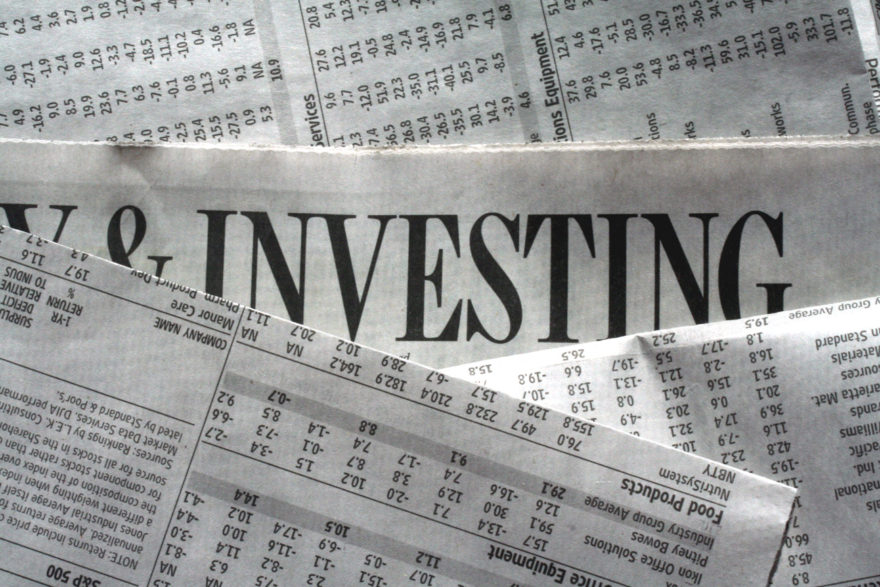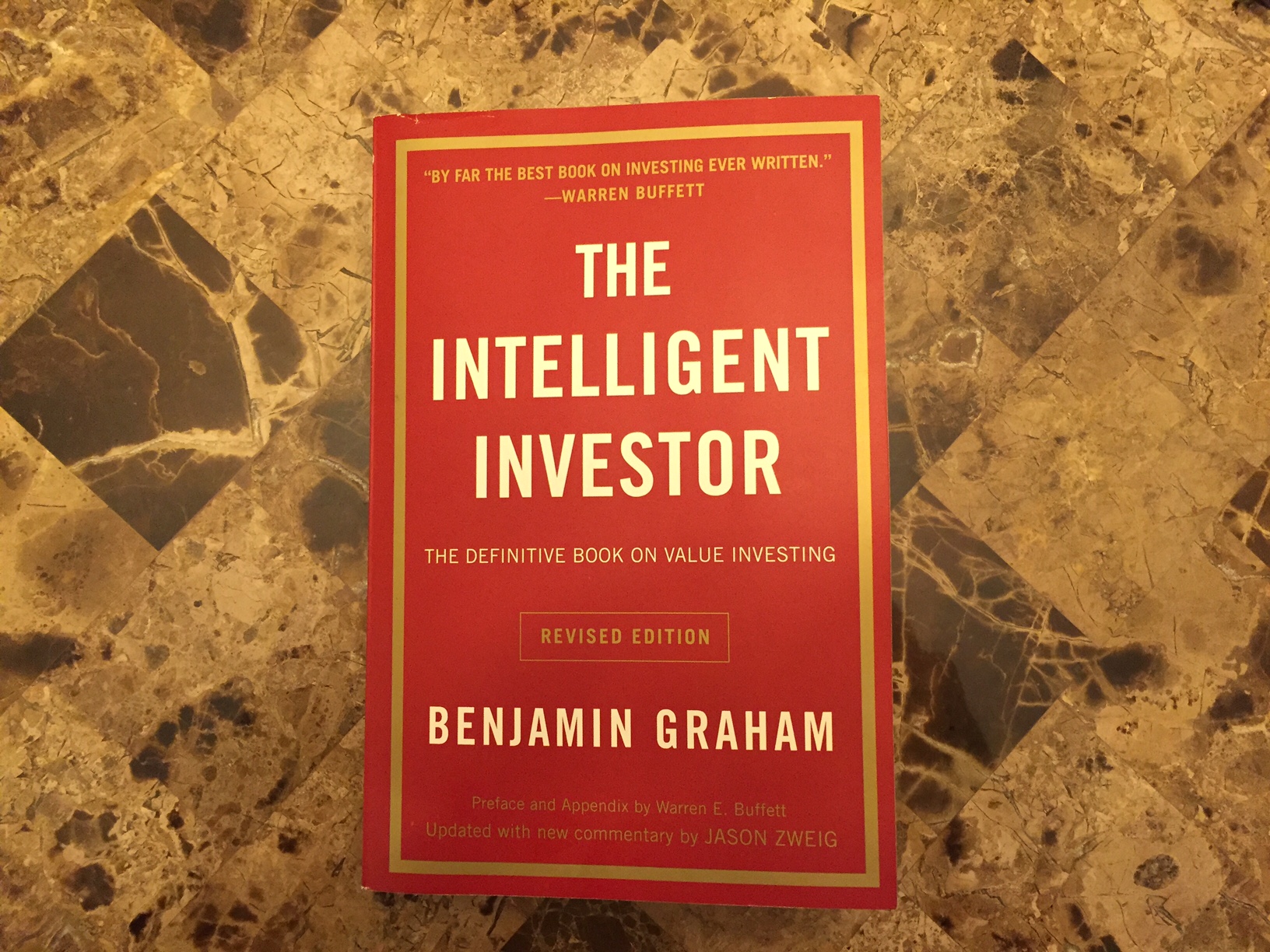I always ask prospective clients to bring a copy of their most recent tax return and often learn a wealth of information reviewing their taxes. In doing such a review last week, I noticed that in the previous year, a prospective client had to pay taxes on $13,875 in taxable capital gains distributions from their mutual funds.
If your mutual fund is inside of a 401(k) or IRA, capital gains distributions don’t matter. However, when a mutual fund is held in a taxable account, you end up paying taxes on capital gains distributions even though you didn’t sell the position. Instead, you are paying taxes for trading the fund manager does inside the portfolio, or worse, to provide liquidity to other shareholders, who sold before December and left you holding the bag to pay for their capital gains.
Luckily, there is a better way. In my previous position working with high net worth families, the majority of assets were held in taxable portfolios. We had a number of families with $10 million to over $100 million in investments with our firm. Needless to day, I spent considerable time in looking at ways to reduce taxes, and became very effective at the process of Portfolio Tax Optimization. I offer this same approach and benefits to my clients today.
Vanguard studied the value advisors bring through planning skills like tax optimixation. They estimate that “Advisor’s Alpha” can add as much as 3% a year to your net returns.
Link: Quantifying Vanguard Advisor’s Alpha
If you have significant assets in taxable accounts, I can help you. Here are five ways we can lower your taxes and allow you to keep more of your hard earned principal:
1) Use ETFs. The prospective client with $13,875 in capital gains distributions, had approximately $600,000 in mutual funds. I created a spreadsheet that calculated capital gains if they had been invested $600,000 in my 60/40 portfolio instead. Most of my holdings are Exchange Traded Funds (ETFs), which due to their unique structure, are much more tax efficient than mutual funds. In fact, my nine ETF holdings had total distributions of zero in the same year .
In the 60/40 model, we also had five mutual funds in categories where there are not equivalent ETFs. My calculation of capital gains distributions: $2,167. So, if we had been investing for this client, their capital gains distributions could have been reduced from approximately $14,000 to $2,000. The investment vehicles we choose matter!
I should note that this is just looking at capital gains distributions. Both ETFs and mutual funds also pay interest and dividends, which are taxable. There is more to managing taxes than just picking ETFs.
2) Asset Location. We could have further reduced taxes by choosing where to place each holding. Some funds generate interest, which is taxed as ordinary income, where as other funds generate qualified dividends, which is taxed at a lower rate of 15-20%. We place the funds with the greatest tax liability into your IRA or other qualified account, to reduce your overall tax burden. Funds that have little or no distributions are ideal for taxable accounts.
3) Avoid short-term capital gains. If you sell an investment within a year, those short-term gains are taxed as ordinary income, your highest tax rate. After 12 months, sales are treated as long-term capital gains, at a lower rate of 15-20%. We do not sell or rebalance funds before one year to avoid short-term gains. Unfortunately, many mutual fund managers don’t have any such tax mandate, so oftentimes, a significant portion of fund’s capital gains distributions are short-term.
4) Tax Loss Harvesting. At the end of each year, we review taxable portfolios for positions which have declined. We harvest those losses and immediately replace each position with a different fund in the same category (large cap, international, etc.). This fund swap allows us to use those losses to offset other gains or income, while maintaining our target asset allocation. If realized losses exceed gains, you can use $3,000 of losses to reduce ordinary income. Remaining losses are carried forward to future years.
5) Municipal Bonds. For investors in a higher tax bracket, your after-tax return may be better on tax-free municipal bonds than on taxable bond funds. However, an advisor will not know this without looking at your tax return and determining your tax bracket. That’s why we make planning our first priority, before making any investment recommendations. (Would you really trust anyone making investment recommendations without knowing your full situation? Are those recommendations designed to profit them or you?)
We take a disciplined approach to managing portfolios to minimize taxes, and it is a valuable benefit to be able to customize our approach for each individual client.
On this same client’s tax return, I realized that they did not deduct their Investment Management fees, a $6,000 miscellaneous deduction.
Link: Are Investment Advisory Fees Tax Deductible?
If you have taxable investments, we may be able to save you thousands, too. Let’s schedule a call today. You deserve a more sophisticated and efficient approach to managing your wealth.













